Keeping your aquarium water healthy is one of the most important parts of successful fishkeeping. Water testing lets you understand the environment your aquatic friends live in, so you can catch problems early and maintain stable conditions. But what should you test for, and why? Let’s break down the key water parameters you need to know.
Why Test Aquarium Water?
Regular water testing helps detect harmful chemical imbalances, prevents fish stress, and promotes biological balance. Accurate water readings guide maintenance decisions, like water changes, dosing, and treating illness.
Essential Water Parameters to Check
- pH: Measures acidity or alkalinity. Most tropical fish thrive between 6.5 and 7.5, but some species prefer different ranges.
- Ammonia (NH3/NH4+): Toxic waste from fish urine and decomposing matter. Should always test at zero in stable tanks.
- Nitrite (NO2-): Intermediate toxic compound during the nitrogen cycle. Like ammonia, levels should be undetectable in established tanks.
- Nitrate (NO3-): Less toxic compound formed by bacteria, but high levels can still stress fish. Ideal levels vary, but keep it under 20–40 ppm for most tanks.
- Hardness (GH and KH): General and carbonate hardness influence water buffering, pH stability, and fish health.
- Temperature: Critical for fish metabolism and behavior; keep consistent for your tank species.
- Chlorine/Chloramine: Found in tap water; must be removed or neutralized before use.
Optional but Useful Tests
- Phosphate (PO4): Excess can fuel algae blooms.
- Oxygen (O2): Important for fish and beneficial bacteria.
- Salinity: Critical for marine tanks.
How to Test Water
Use test kits with color charts, digital testers, or freshwater/marine-specific test strips. Follow package instructions carefully for accurate results.
Quick Reference Table: Water Parameters and Ideal Ranges
| Parameter | Freshwater Ideal Range | Marine Ideal Range |
|---|---|---|
| pH | 6.5–7.5 | 8.1–8.4 |
| Ammonia | 0 ppm | 0 ppm |
| Nitrite | 0 ppm | 0 ppm |
| Nitrate | Below 20 ppm | Below 10 ppm |
| GH (Hardness) | 3–10 dGH | N/A |
| KH (Carbonate Hardness) | 3–8 dKH | 8–12 dKH |
| Temperature | 74–80°F (23–27°C) | 75–82°F (24–28°C) |
FAQs: Aquarium Water Testing
Q: How often should I test my aquarium water?
A: New tanks require frequent testing, sometimes daily. Established tanks can be tested weekly or biweekly.
Q: Can test kits expire?
A: Yes, expired kits can give inaccurate results. Replace regularly and store properly.
Q: What if my tests show high ammonia or nitrite?
A: Perform immediate partial water changes and check filtration. Consider bacterial supplements like AlgaGenPods™ Tisbe to boost biological filtration.
Pro Tips for Reliable Water Testing
- Use fresh test kits and cross-check results with multiple methods if possible.
- Keep a log of water parameters to track trends over time.
- Test before and after water changes to monitor impact.
“Testing your water isn’t just checking numbers—it’s listening to what your aquarium environment is telling you.”
Further Reading & Product Spotlight
For a deeper dive into aquarium health, visit Copepods and Amphipods: A Complete Care Guide. Support beneficial bacteria with AlgaGenPods™ Tisbe.
Conclusion
Regular water testing is a cornerstone of successful aquarium keeping. By monitoring key parameters, you’ll ensure a stable, healthy environment for your aquatic life.
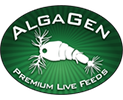
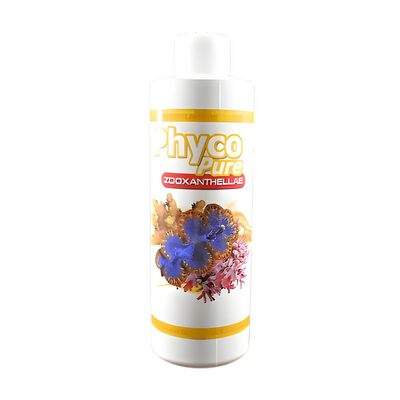
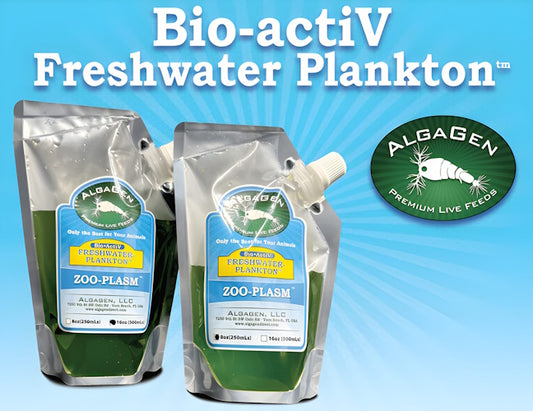
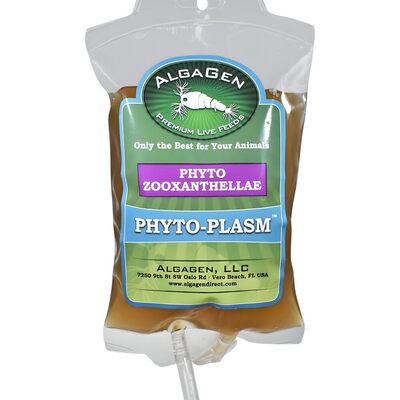
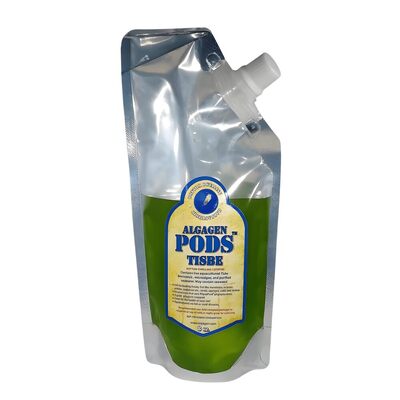
Recent post